As the leaves fall from the trees and my kids dream of trick or treating, I am once again baffled by the Halloween catalogs that land in our mailbox. My options are vast; sexy doctor, sexy police officer, sexy bunny and the list goes on. It seems that no matter who I choose to be, the really important part is that it’s a sexed-up version of the real thing.
I am no prude, and I have no problem with grown women embracing their sexuality. I do have a problem when almost every single costume screams “porn star”. Is that really what all women aspire to? More importantly, is that what I want my daughters to aspire to? I think not.
What’s With The Sexy Costumes For Kids, Anyway?
Images of young children and older children alike in sexy, revealing costumes are upsetting to many parents. In fact, last Halloween there was a controversy over a Portland-area Walmart selling a toddler girl’s "naughty leopard" costume that the store immediately pulled and apologized for.
This is not a Halloween problem though. From French Vogue doing a spread on lingerie for children to our tween and teen role models wearing less and less, this is actually a problem parents are struggling with every day. The hyper-sexualization of our children is just an extension of our society in general.
How Does It Impact Our Children?
As we continue to equate attractiveness and appearances with success, we continue to teach our children that what is really valued is what their body looks like and how much of it they are willing to show. Princesses get the prince; be the quarterback and all of the pretty girls will like you.Our kids start internalizing these messages from an early age. As our children hit the tween and teen years, the pressure to look a certain way is leading to lower self esteem and increased rates of eating disorders, both of which can affect learning and the brain for years to come.
How Can Parents Navigate Costume Choices With Their Kids?
Know that role play is ok within clear limits. Adults and children alike enjoy playing with roles. Our job as parents is to set some healthy boundaries around that play. For example, kids love playing with the idea of driving, but we don’t actually let them drive real cars until they are legally old enough.
Creating guidelines around acceptable clothing choices with your child, and adjusting as they develop their own sense of self is really important. The question then becomes around Halloween, how does that costume fit within our family rules about clothing and appearance?
It’s never to early to start the conversation. With young kids, this may look like: “Wow, if Ariel from the Little Mermaid were a real person, do you think she could even stand up with a body so much tinier than her head?” “What makes someone pretty to you? What they look like or what they do and say?” With an older child, this may look like, “Does dressing sexy make a doctor a better doctor? How would it impact a doctor doing their job?”
Ask your child why they want to be that character, what they like about him or her, and see how you can work together to create an age appropriate costume that has those traits without the sexual ones. This is not just a discussion to have with girls. Boys are feeling the push to look more like an idealized image of a “real man” too, as we begin to see boy costumes with built in six packs.
Lead by example. Pay attention to how you talk about your own body and the bodies of others. What images of adults are around your house, in both print and electronic media sources? Our children are always watching and they are extremely perceptive. If the adults around them are judging their own bodies or those of others, our kids are learning that not every body is beautiful.
Halloween is a chance to have some fun and play pretend. It’s a wonderful opportunity for us all to be a rock star, a doctor, or a superhero without worrying about if our body looks the part. We can make that a reality by talking with our kids, setting clear limits and modeling that we can stand out without devaluing ourselves.


